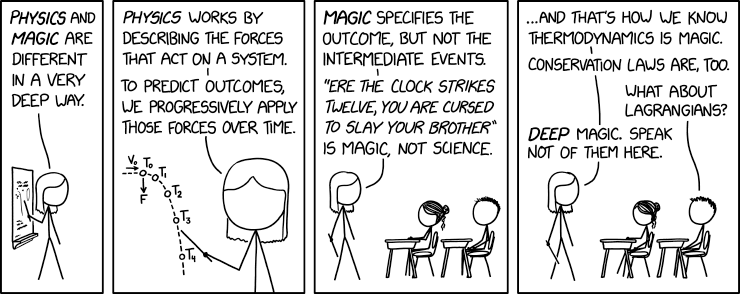After reading a little bit more about galaxy formation, shape and evolution theories, most of the answers I read just seem to say some version of, because that is the shape they take.
However, I liked this answer best, from Astronomy (https://astronomy.stackexchange.com/questions/32947/what-decides-the-shape-of-a-galaxy#:~:text=As stars form in one,this makes spiral arms appear.)
These are just hypotheses.
If material isn't being spewed out from the center from some equatorial spin, what is the reason some galaxies (most as I understand it) form flattened disks and spiral?
-Will
However, I liked this answer best, from Astronomy (https://astronomy.stackexchange.com/questions/32947/what-decides-the-shape-of-a-galaxy#:~:text=As stars form in one,this makes spiral arms appear.)
These are just hypotheses.
First mechanism: The arms of a galaxy are density waves.
Picture a traffic jam: all the cars are slowed down on a portion of the highway, but the cars that are in the jam aren't always the same ones. Each car reaches the traffic jam, slows down, gets to the end of the jam and speeds back up. This is what the stars are doing in the spiral arms: a star reaches the arm, slows down because of the higher density, gets to the end of the arm, resumes its normal speed. As a result, the arms spin slower than the individual stars.
Second mechanism: The arms appear as star formation propagates through the galaxy.
The leading edge of the arm is where star formation occurs. The trailing edge is where stars die (so are no longer visible). In this case, there is not more matter in the arms, it simply is more visible.
As stars form in one region, the largest ones cause shock waves to spread through the interstellar medium, igniting the formation of new stars. This causes the star-forming region to propagate through the galaxy. Combined with the differential rotation of the galaxy, this makes spiral arms appear.
I'm beginning to get what publiusr meant by traffic jam. Not the shape, but the dynamics. But, why would the star "resumes its normal speed"? That doesn't sound like conservation of energy. I suppose of there is such a thing as the "interstellar medium", then something like bernoulli's principle could explain the acceleration out of the spiral arm. What I wonder, from all the attempts to explain that I've read, why a spiral? If it is the result of some example of Cosmic ripples, gravity wave, waves in the interstellar medium, etc. Why not ripples like on a pond surface? Why a disk shape, flat and polar-like symmetry?a star reaches the arm, slows down because of the higher density, gets to the end of the arm, resumes its normal speed. As a result, the arms spin slower than the individual stars.
If material isn't being spewed out from the center from some equatorial spin, what is the reason some galaxies (most as I understand it) form flattened disks and spiral?
-Will
Last edited:





 How does that work?
How does that work?